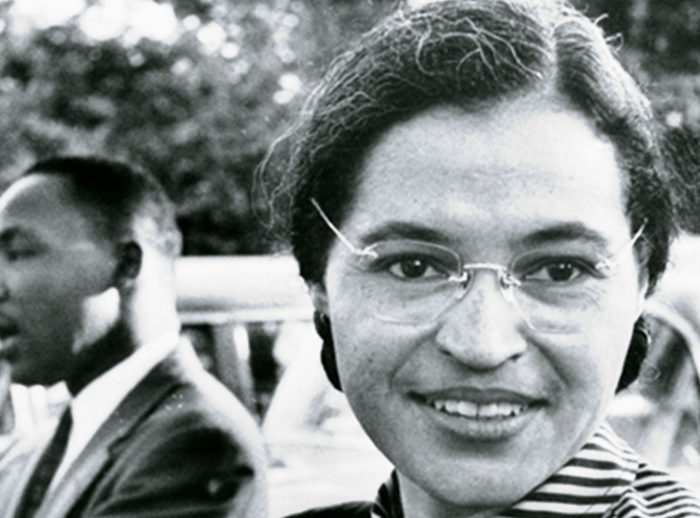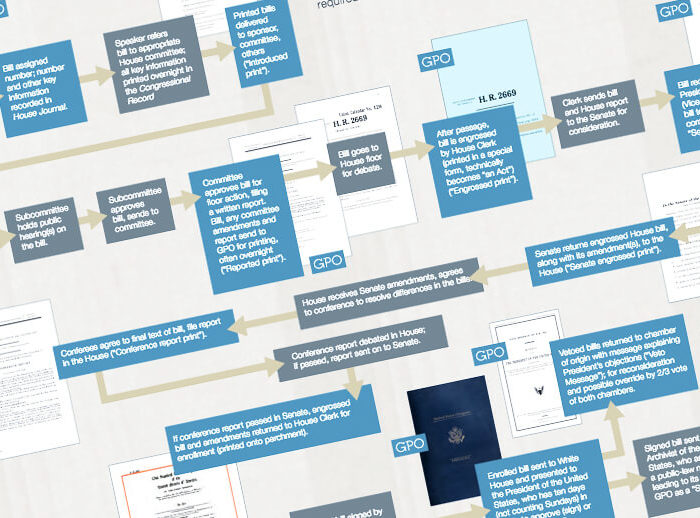Civil Disobedience
Civil disobedience is an active refusal to obey specific demands or laws of a government. Throughout the history of the United States, many Americans have employed civil disobedience as a form of political activism in order to change society. The Bill of Rights Institute provides lessons and historical examples of the origins and instances of this movement in American history.
For more resources from the Bill of Rights Institute, go here.
American Reformers
This unit from the Core Knowledge Foundation focuses on the efforts to improve American society in the early 1800s. Across six lessons, students learn about the temperance movement, free public education, the abolitionists’ crusade to abolish slavery, and the early women’s rights movement. The unit explores early reformers’ legacy in ongoing modern-day struggles for equality and civil rights.
For more resources from the Core Knowledge Foundation, go here.
How a Bill Becomes a Law
This 8.5″ x 11″ poster from the U.S. Government Publishing Office maps the many steps in the federal lawmaking process, from the introduction of a bill by any member of Congress through passage by the U.S. House and U.S. Senate and approved by the President of the United States.
For more resources from the U.S. GPO, go here.

- Professional Development Opportunities: Applications are open for summer programs from the ABA Division of Public Education, Center for Civic Education, Library of Congress, National Constitution Center, Gilder Lehrman Institute of American History, National Endowment for the Humanities, Street Law, and TeachingAmericanHistory.org. Learn more.
- Youth Leadership Initiative: Its National E-Congress, now open, allows students to simulate the role of a representative in Congress by researching and drafting legislation, debating it in legislative committees and voting. Learn more.


